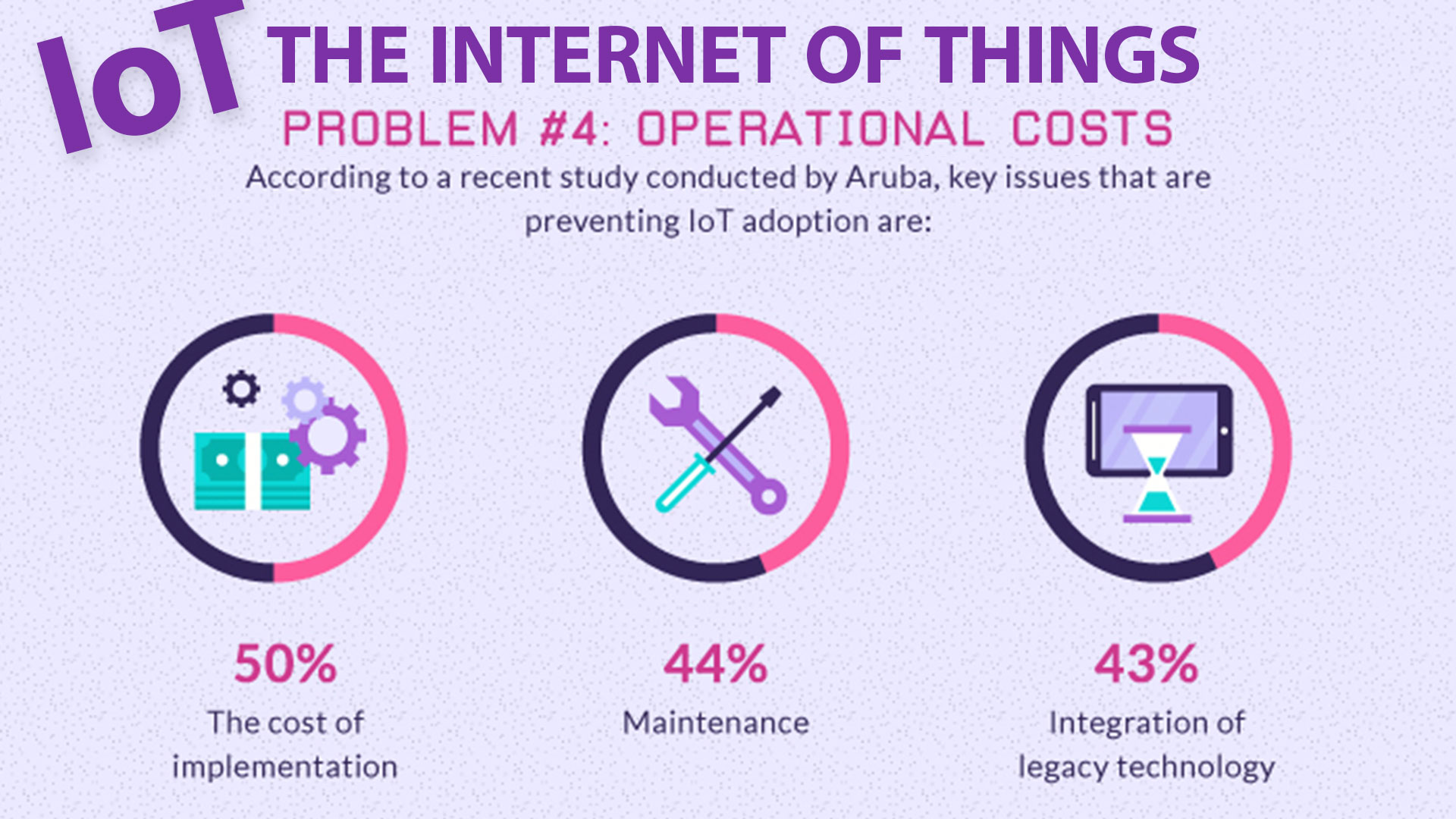This post has already been read 16344 times!
Living In A Connected World
The word “connectivity” is bigger than it has ever been thanks to the unprecedented growth of the Internet of Things (IoT). Now, it’s not easy to find people in cities who aren’t connected to the vast digital world in some way or another. Businesses and industry too, are becoming more interconnected than ever, dramatically improving communication, collaboration and the speed at which supply chains operate.
What is the Internet of Things? Techopedia defines it as a computing concept that identifies how everyday physical devices and appliances are connected to the vast cyberspace. What makes the concept more significant is that because of it, our devices are no longer solely related to us owners, as they can connect and with other devices around them as well.
Simply put, the Internet of Things makes an object bigger than what it already is. It is able to leverage data and information from other devices, systems, services, and the internet itself, so that it can work smarter.
By 2020, global spending on IoT technologies is expected to reach $1.3 trillion.
A simple example is a smart speaker like the Echo, powered by Amazon’s Alexa. Unlike regular speakers which are solely used to amplify audio from other devices, smart speakers also act as a companion to humans. They can do a multitude of tasks including but not limited to: finding out where your Amazon order is, guiding you through a recipe, giving you the answer to a riddle, and even telling a joke to break the silence.
Recommended: Understanding Supply Chain Networks
The Internet of Things is a key component of Industry 4.0, which leverages the Industrial Internet of Things. IoT is already having a major impact in industry. For example, IoT is being used in fleet management, and in the food supply chain to improve operations and enhance safety. It is being used to stream data from machines and vehicles, informing technicians of the conditions in which they are operating, how well they are performing, and alerting them to problems as soon as there are signs. This is helping companies operate more efficiently, minimizing disruptions and helping them improve the design of machines and vehicles.
By 2020, global spending on IoT technologies is expected to reach $1.3 trillion.
IoT trends show that by 2020, global spending on the market will nearly double its 2016 value and reach $1.3 trillion. The annual growth of 15.6% is expected to persist.
While the Internet of Things has already done a lot for mankind, there’s no doubt that we’re just getting started, and there’s a lot more to come. For a glimpse of what’s ahead for it, let’s take a look at the current state of IoT.

Statistics and Trends for the Internet of Things, courtesy of Safe At Last.
Recommended: Cloud Comes of Age: Multi-Party Business Networks
- Infographic: 6 Requirements for Transforming Supply Chains with Artificial Intelligence - June 10, 2024
- Supply Chain Trends to Watch - March 13, 2024
- The Supply Chain Control Tower Quiz - August 8, 2023
